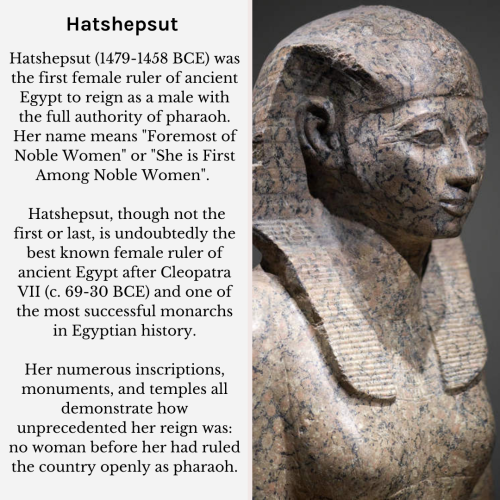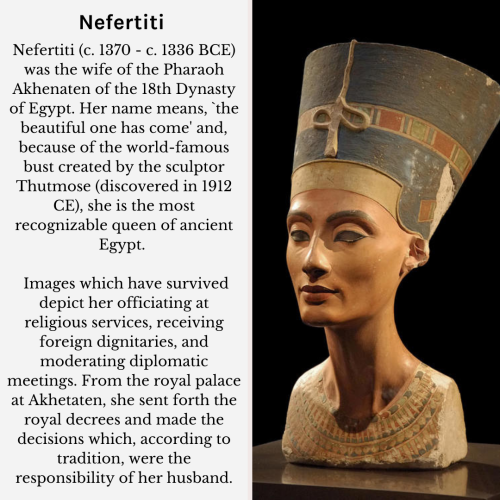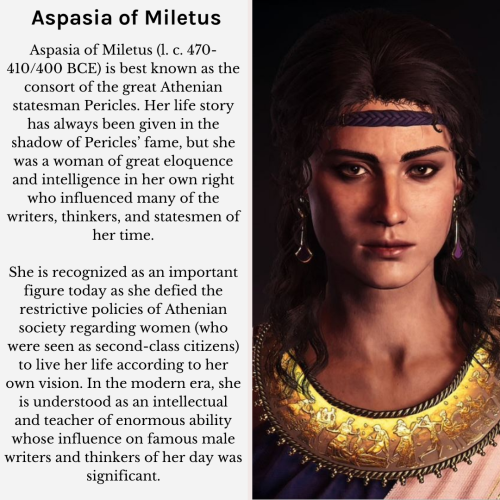#historical women
HAPPY International Women’s Day!
We’re proud to share the stories of strong, powerful women - most who are remembered for challenging the social norms of their respective time periods, and for making real changes in history. May their stories live on!
Post link
The 2500 B.C. city of Ur in Sumer was a stylish place, where music, fashion and the arts flourished at a level of good taste and quality rivaled only by Egypt. Queen Shudi-Ad was one of Ur’s patrons, perhaps its inspiration. She and her court lived like, well, kings.
No one has ever worn headgear as exquisite as the Sumerians: delicately original creations of beech leaves and flowers in beaten gold, which must’ve made the most delightful shimmering effect as they moved. The queen herself wore a tall comb with rosettes of gold, carnelian, and lapis lazuli in her dark wig, and great hoops of gold in her ears. Shudi-ad drank from goblets of worked gold, her wine was stored in tall jars of veined alabaster. She and her entourage played on gaming boards and musical instruments inlaid with mosaics, and rode in carriages carved with lions and other animals. Even the cylinder seals with which she signed her name were works of art.
But it was music, not only in her circle, but throughout Sumer, that got the most intense attention. Sumerians used the same musical scale we do and favored harmonies and hot licks on the harp, lyre, pipes and drums. It’s easy to imagine their sensual poems being sung, both women and men had honored careers as singers.
As a group, the Sumerians didn’t think much of the afterlife. That disbelief, coupled with the absolute power of the ruling class and a very human desire to attend ones own funeral, led them to create the world’s first party and funeral combination. A pre-death wake, as it were. Queen Shudi-Ad would have been pleased with her funeral- she was able to enjoy most of it. She was only 40 when she died, of causes unknown but most likely not natural.
Marching with Shudi-ad into the gravesite probably accompanied by music, went sixty four female attendants, half of them wearing gold hair ribbons, the other half wearing silver, an elaborate wooden carriage of silver and gold being pulled by two oxen, four female harpists and six soldiers. (Besides that of Shudi-ad, archeologists have found a number of mass burial sites in Sumer; no one really knows why the Sumerians went for them).
It appears to have been a cheerful death scene. Everyone was found in perfect repose- not a diadem out of place. The funeral we all fantasize about, in fact. Each member of the funeral party was given a drink in a small cup. The harpists played. The singers Sang. The crowd may’ve even done a little karaoke. After all, who would know? And when the music was done and the room became still with her drowsy and dying subjects, I like to think that the beautiful queen gave them a round of applause before she drank down her own cup of nepenthe and lay down in her finery forever.










